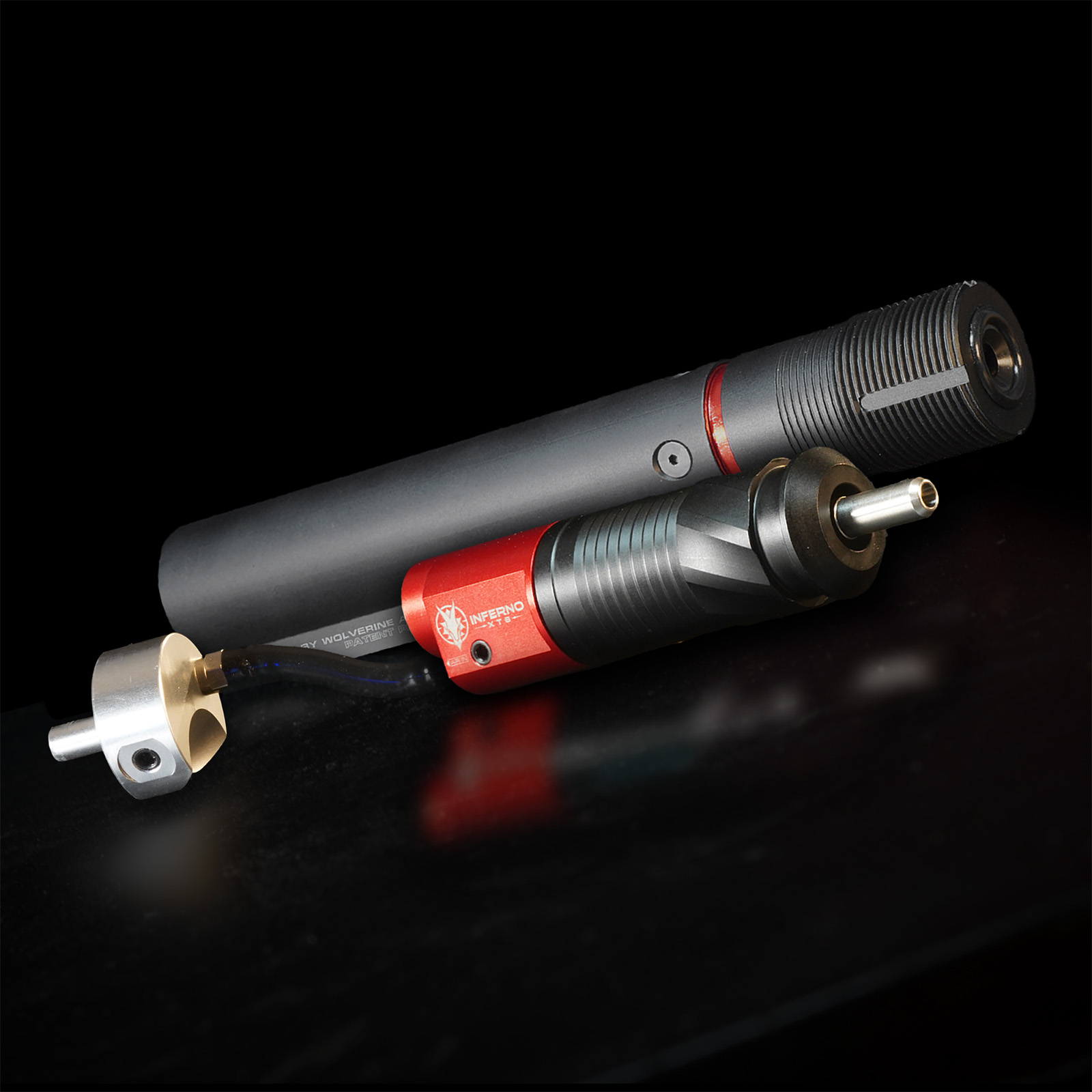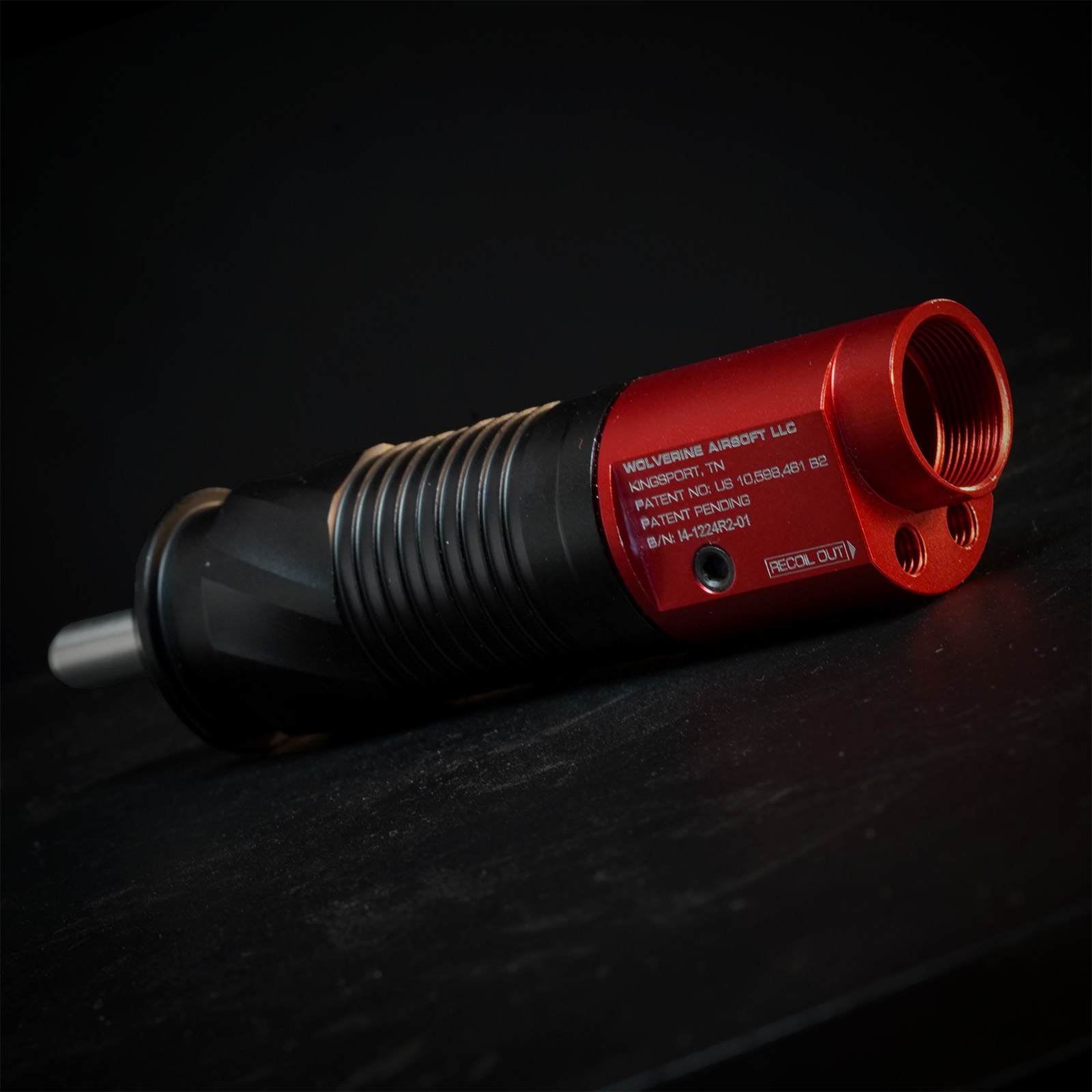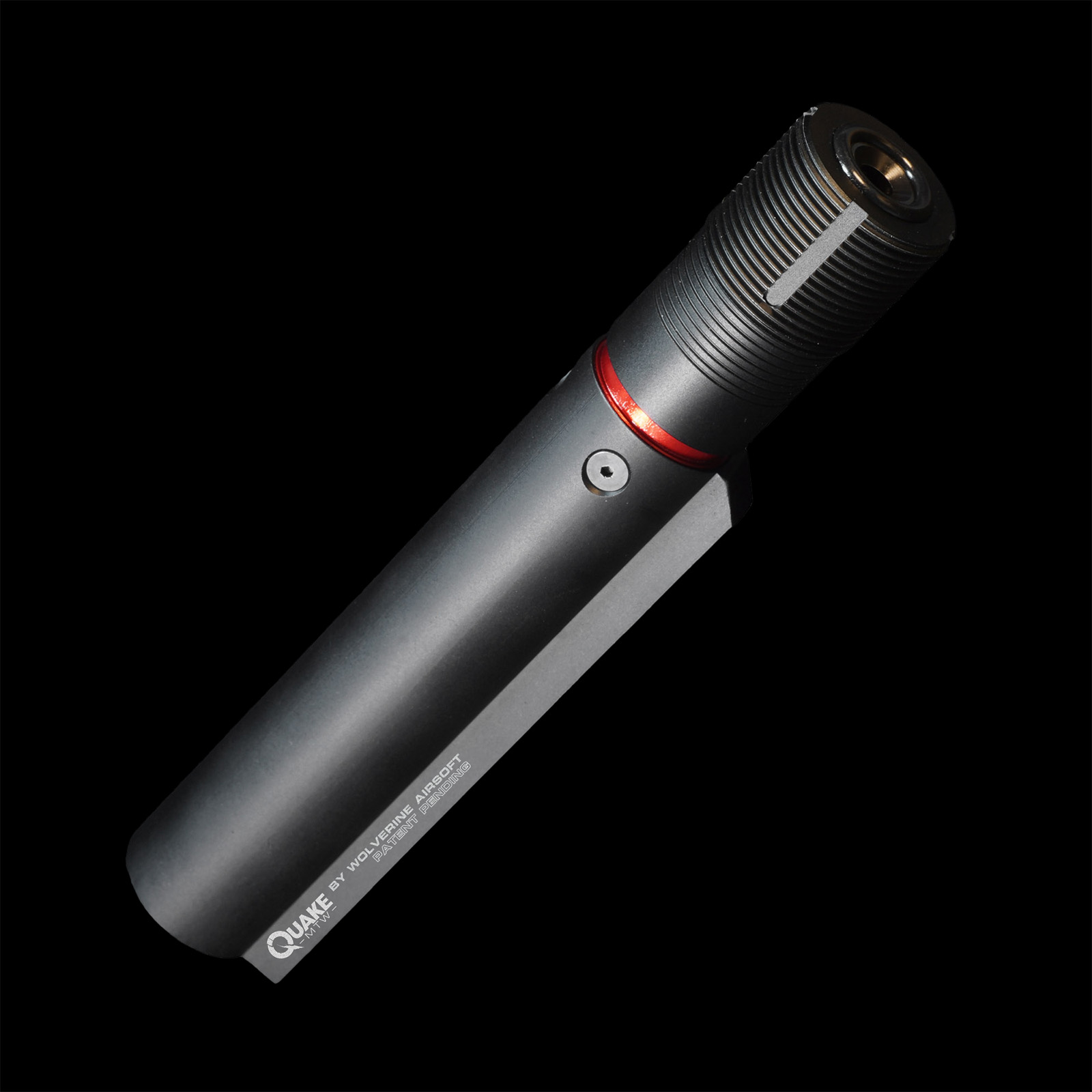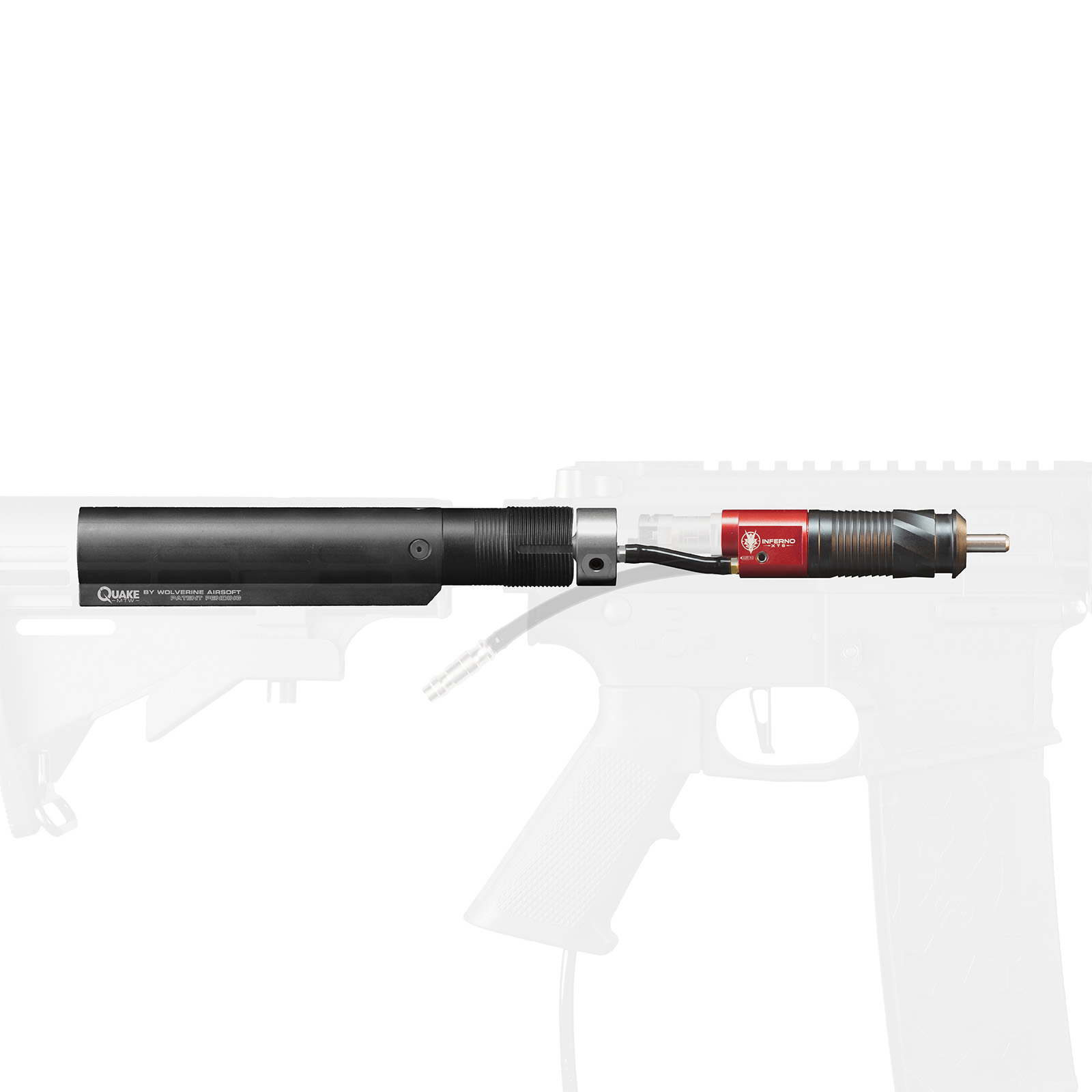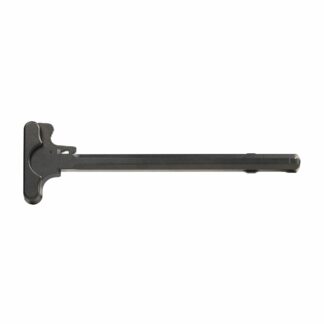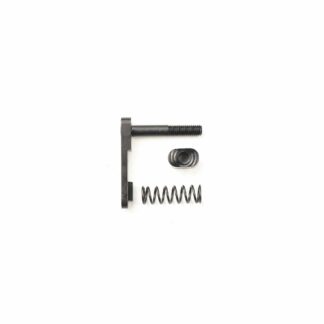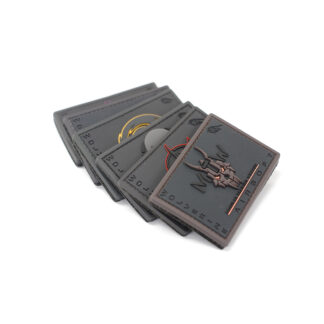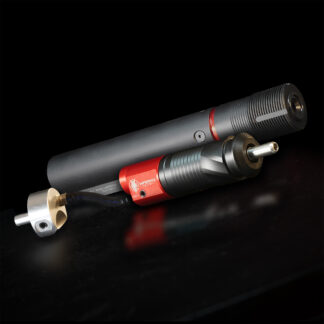Description
DETAILS SUBJECT TO CHANGE
Features
- High-impact recoil with up to 35 lbs of force
- Lightweight, adds just 2.7oz (76 grams) to the MTW!
- No additional electronics needed
- Tunable recoil using internal flow reducers
Included
- QUAKE MTW Recoil Stock (MTW-SA-606)
- INFERNO XTS HPA Engine (solenoid not included) (MTW-SA-300)
- Hardpoint adapter (MTW-A-604)
- Mini Airline (MLT-P-032)
- Red FRAC Airline for M4 (MTW-SA-707)
- QD Sling Plate (MTW-H-605)
- Castle Nut (MTW-H-602)
- O-ring Kits
Specifications
- Engine Input Pressure: 60-160PSI (80-150PSI with QUAKE MTW installed)
- Output Energy: 0.75-2J Adjustable (build dependent)
- ROF: 5-35RPS Adjustable (5-25RPS with QUAKE MTW installed)
- Approx 2,000—2,700 shots @110PSI per 48/3000 HPA Tank with QUAKE MTW installed (More Info)
- Dwell: Fully Adjustable
- Battery Input: JST 6-8V
- For more information, see the INFERNO XTS and QUAKE MTW Owner’s Manuals.
Compatibility
| MTW M4 | MTW-9 | MTW-308 | MTW-Shotgun |
|---|---|---|---|
| ✔ | ✔ | ✔ Adapter Required | ✘ |
Not compatible with Gen-12 MTW Shotgun, WRAITH products, Heretic Labs Drop Stock, or Heretic Labs Tank Grip.



